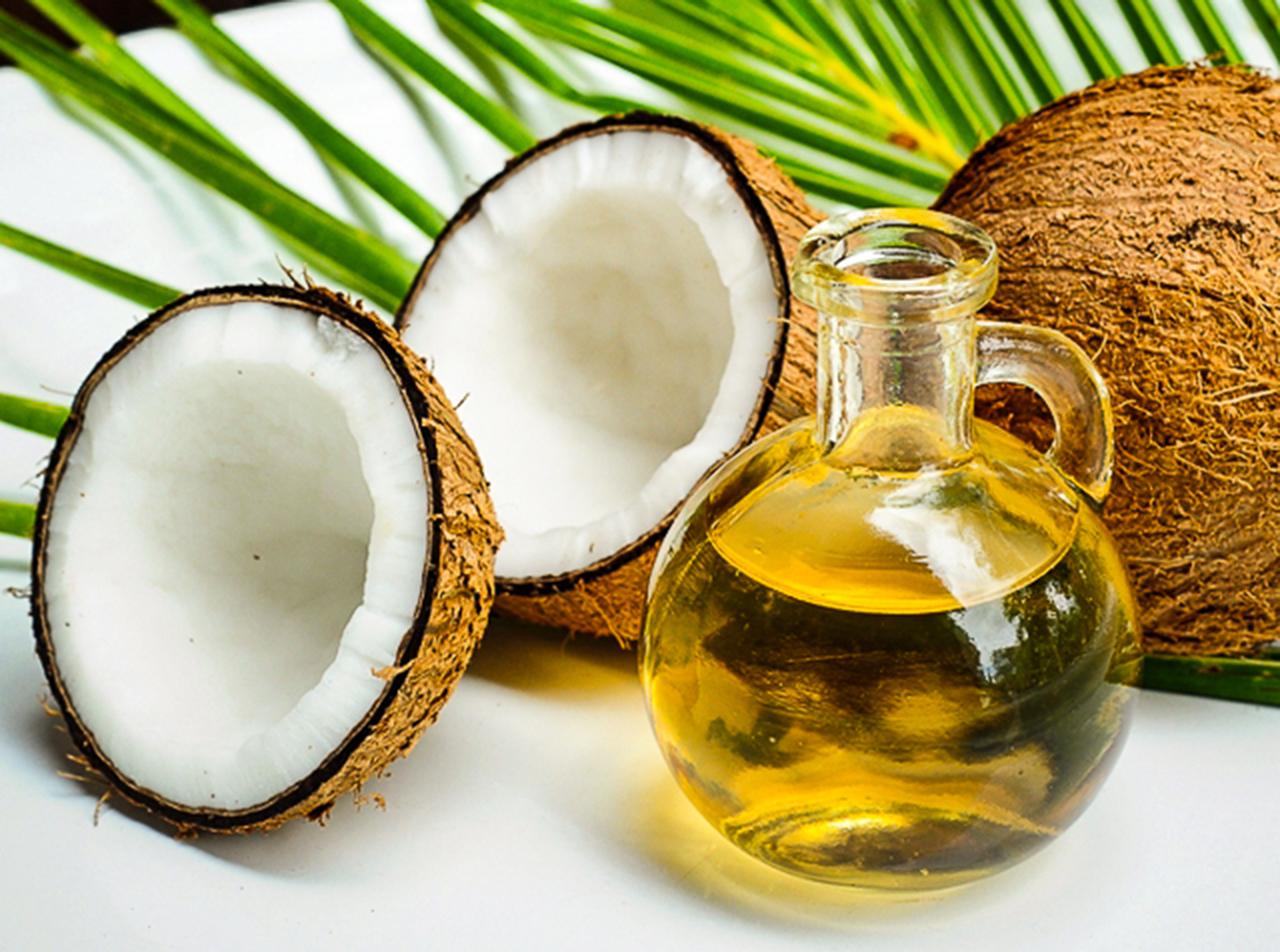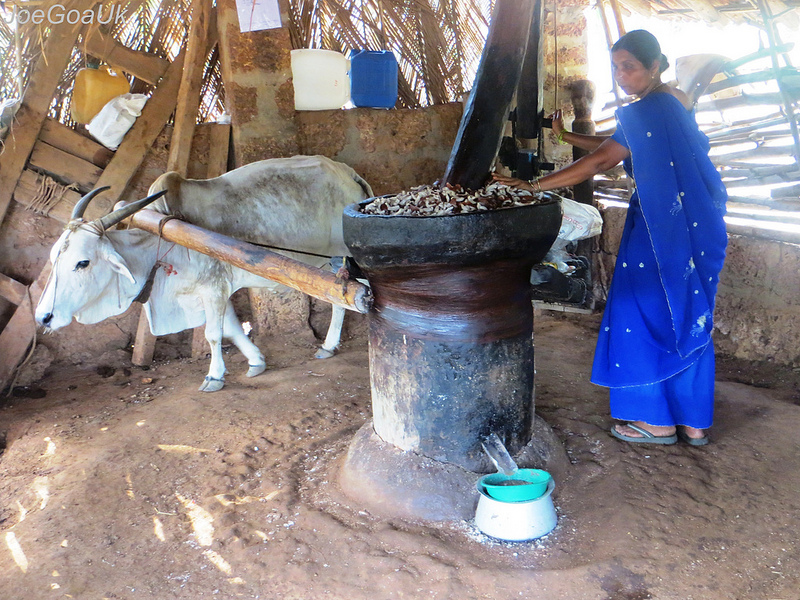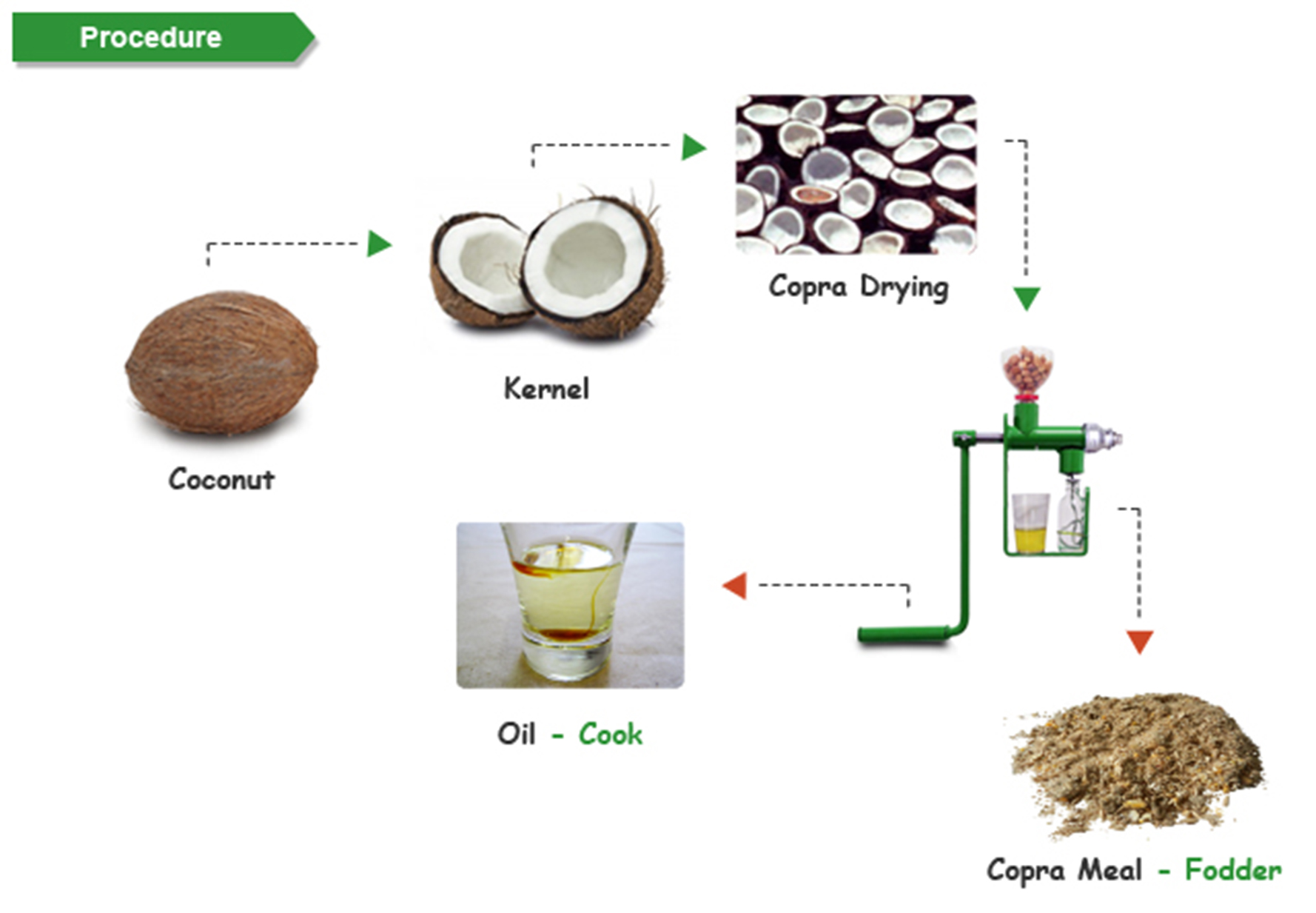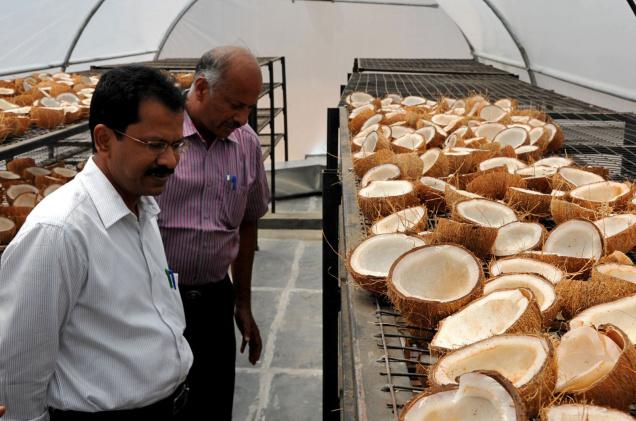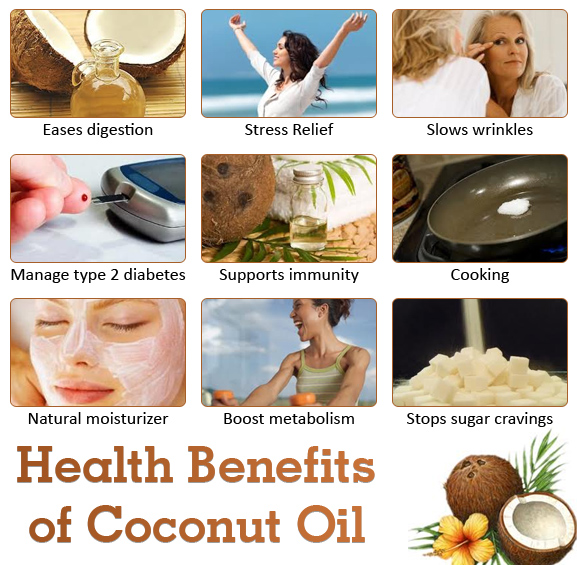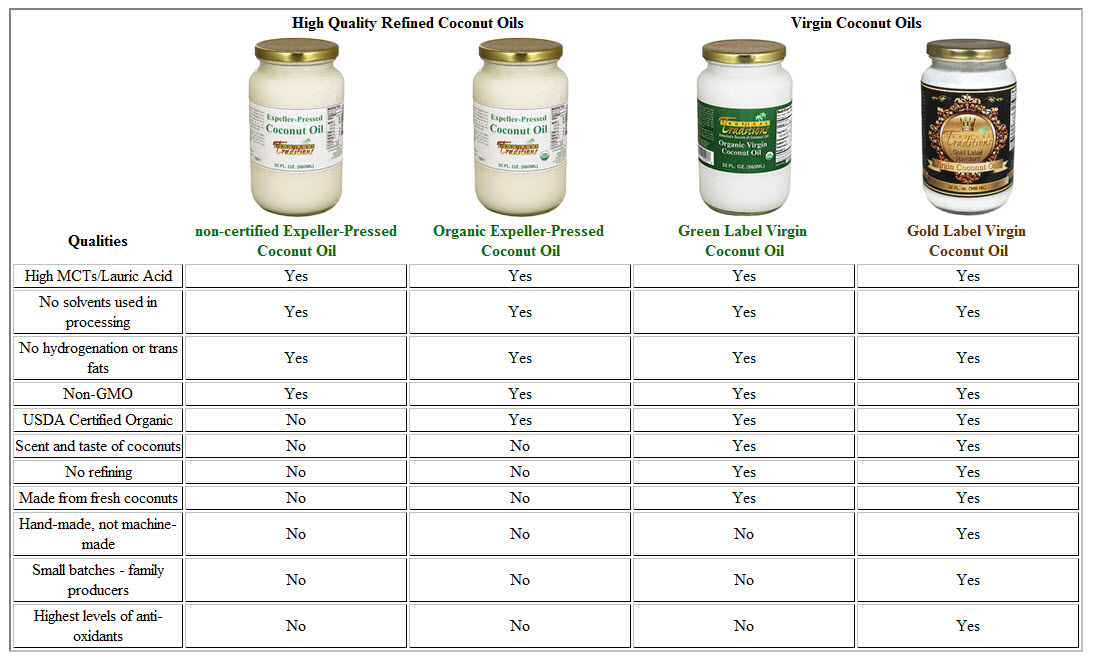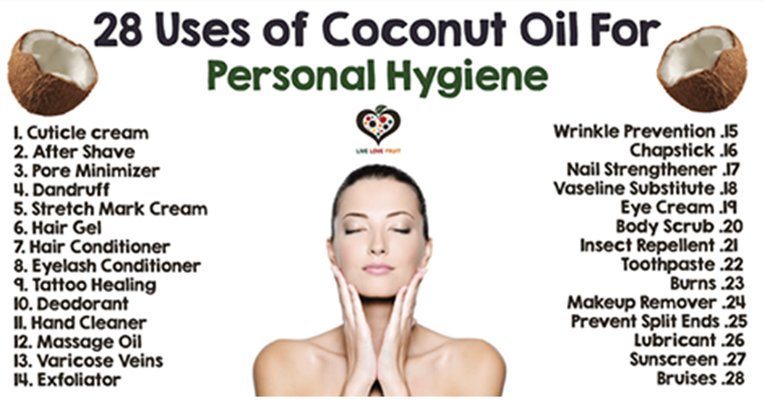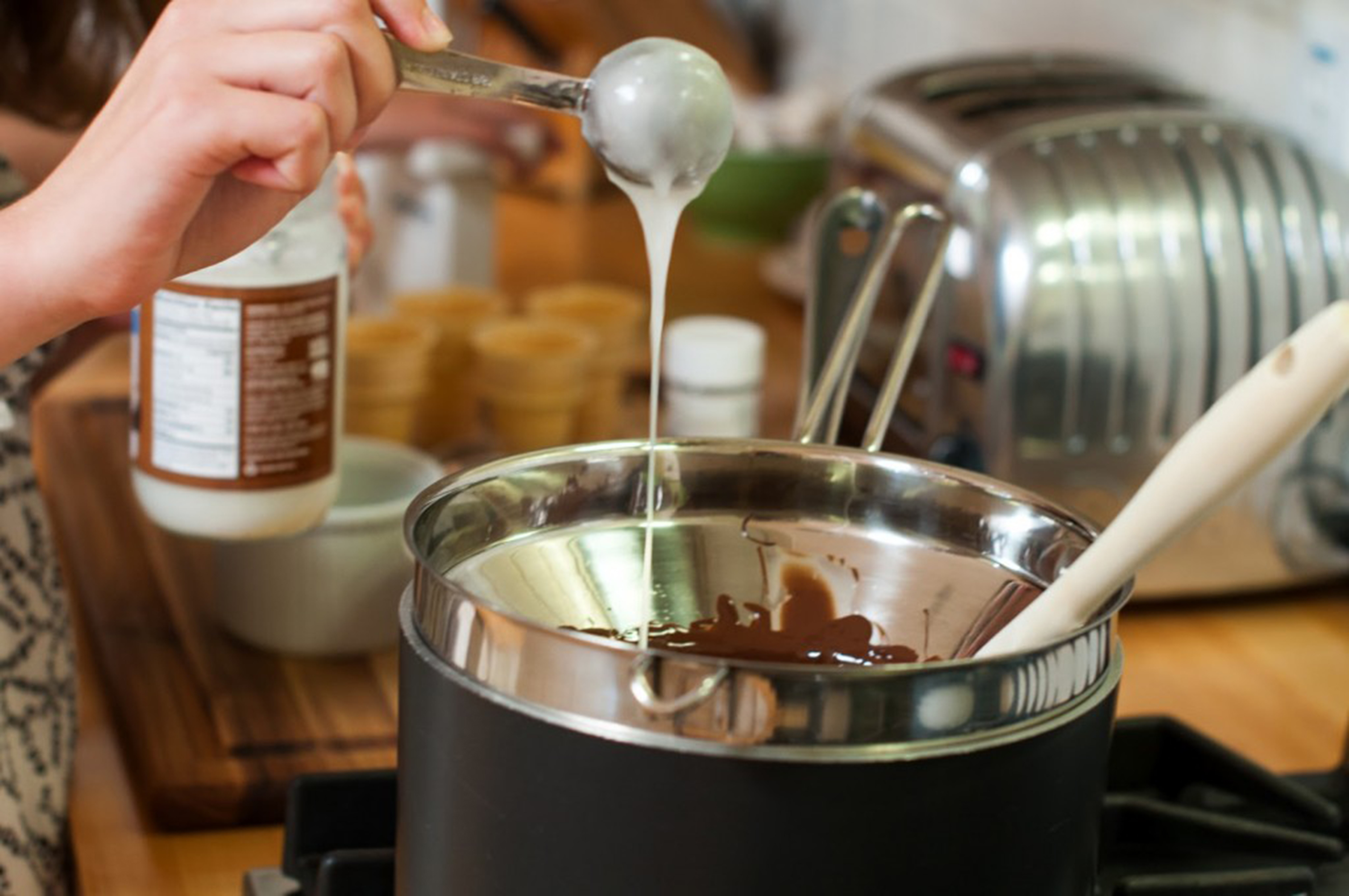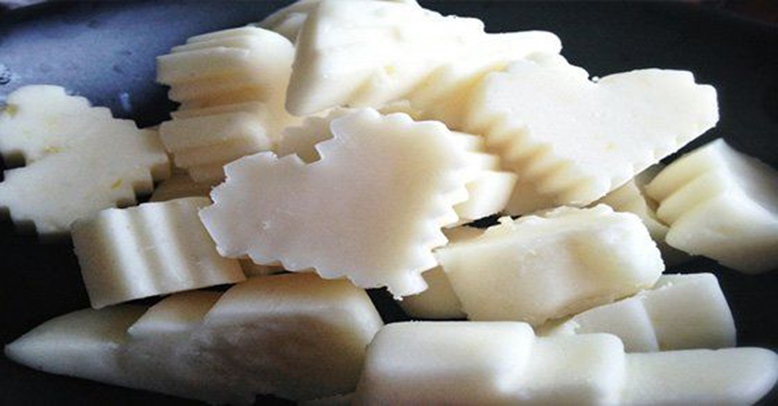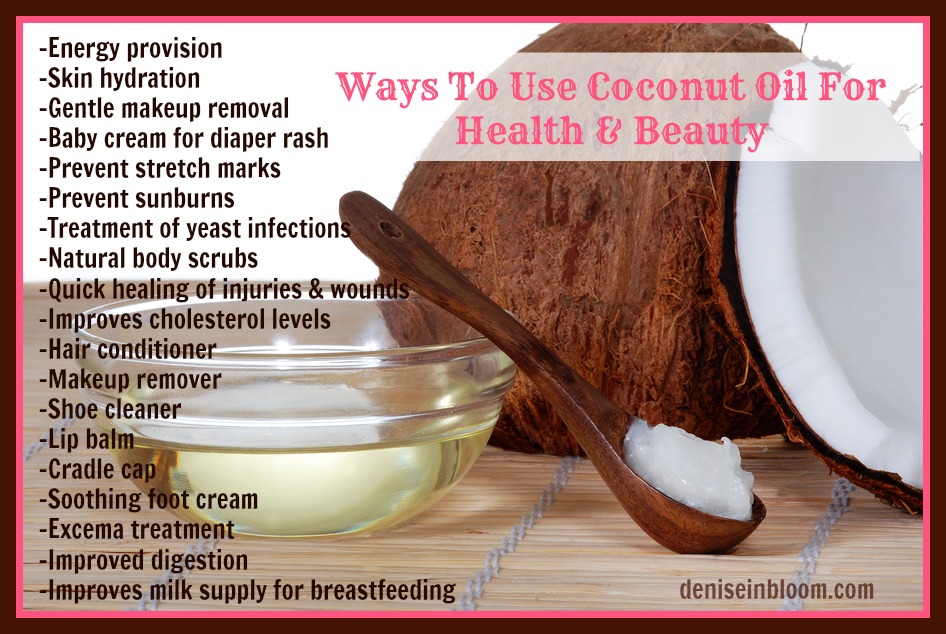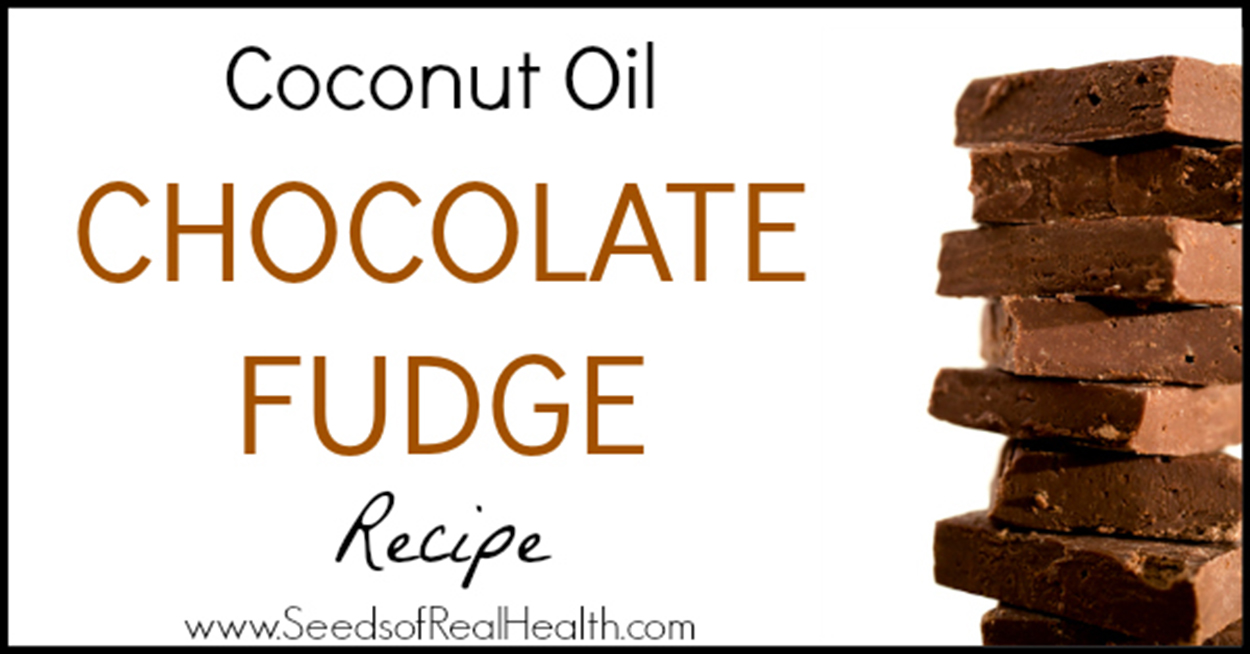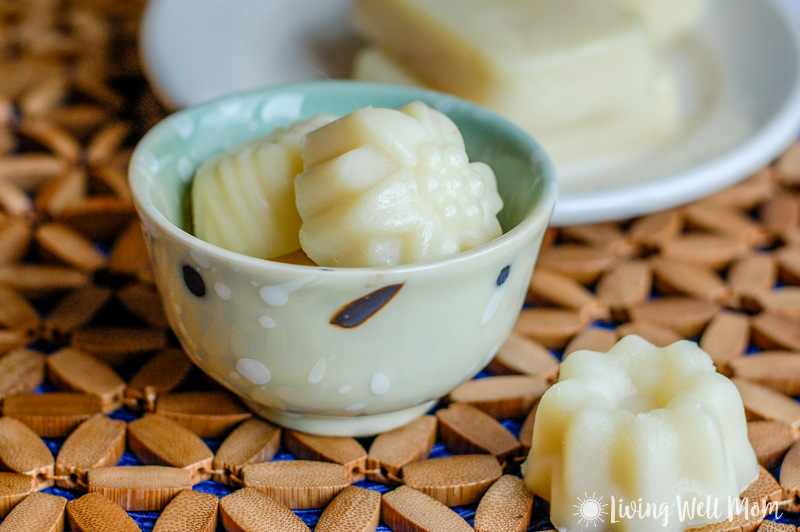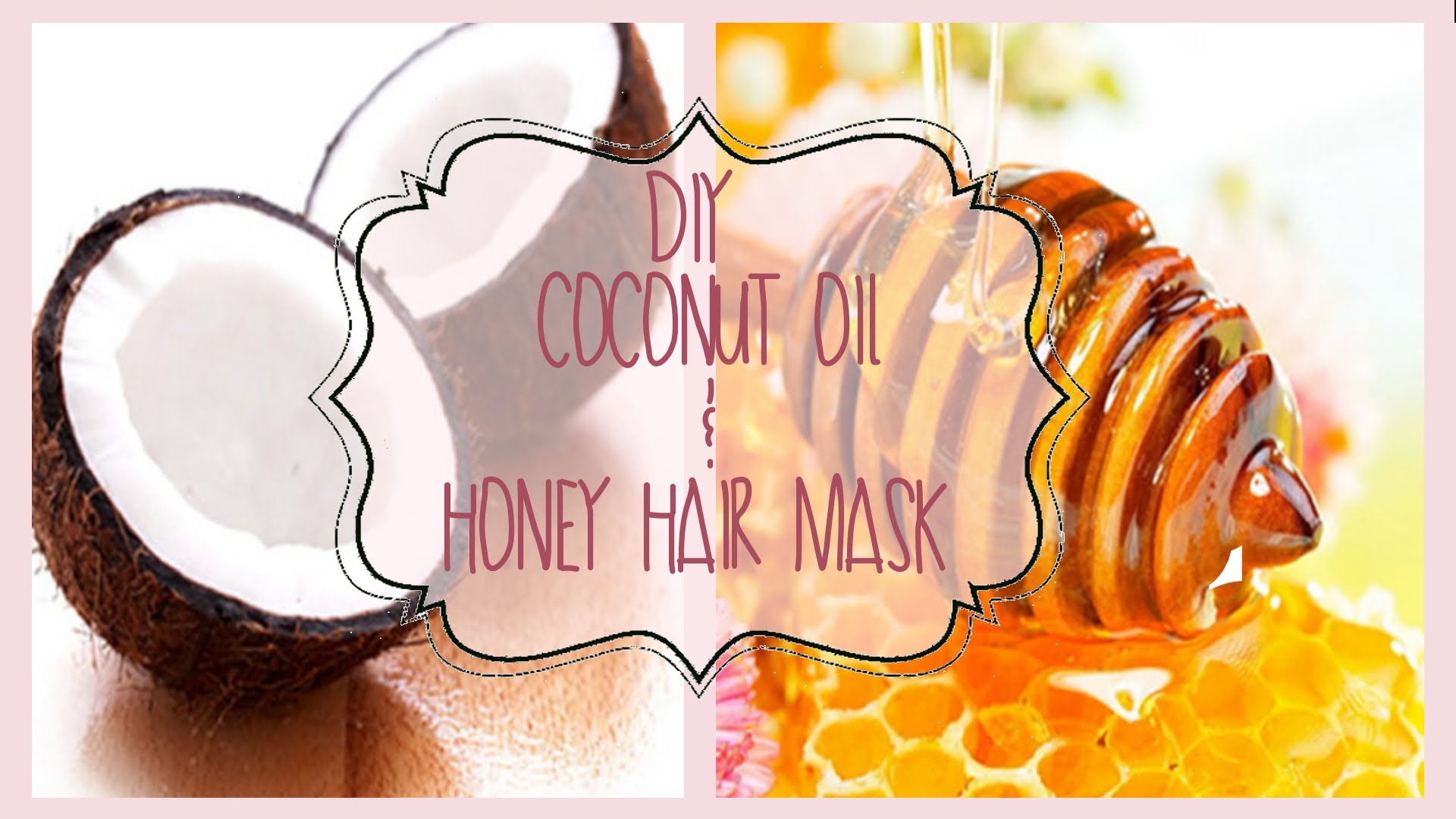Find out about coconut oil. It’s uses on hair, skin, and in our diet.
Coconut Oil
Hello everyone, we wish to thank you for all the likes, shares and the amazing support we get from thousands of you. On week 212 we are sharing a post about coconut oil, where does it comes from, the different kinds of coconut oil, their qualities and how to choose the one that is right for you. Coconut oil is pretty much the one I use the most for cooking and in our porridge, for salad dressing and in so much of our cooking. This is the oil that I use for moisturizing my body after showering. I put some of my favorite essential oils in it like Lavender, Sandalwood and Jasmine. Some times it all depends on my mood. Anyway, in this post there is lots of information we share, recipes for hair, skin , foods etc. Enjoy! Please share and like if you do, it makes a huge difference in social media and the web engines, with love, gratitude and respect from all of us at Isabel’s Beauty Blog we invite you to this journey.
So, What Is Coconut Oil?
According to:https://en.wikipedia.org/wiki/Coconut_oil
Coconut oil, or copra oil, is an edible oil extracted from the kernel or meat of mature coconuts harvested from the coconut palm (Cocos nucifera). It has various applications. Because of its high saturated fat content, it is slow to oxidize and, thus, resistant to rancidification, lasting up to six months at 24 °C (75 °F) without spoiling.
According to: http://eatdrinkpaleo.com.au/your-ultimate-guide-to-coconut-oil-benefits-types-uses/
The oil is made up of around 90% saturated fat, 6% monounsaturated fat, and 3% polyunsaturated fat. Unlike other highly saturated and unsaturated fats, coconut oil is mostly made up of medium chain fatty acids (MCFAs). The saturated fat content makes coconut oil very heat-stable and enables a long shelf life. It is well-known for its healing, anti-inflammatory properties and its metabolism-boosting medium chain tryglycerides. It has many uses from dietary, medical and industrial applications.
Medium Chain Fatty Acids (MCFAs)
According to: http://wellnessmama.com/2072/benefits-of-coconut-oil/
Most of the fats we consume have a long chain fatty acids that must be broken down before they can be absorbed. Coconut oil is high in short and medium chain fatty acids, which are easily digested and sent right to the liver for energy production.
Because MCFAs are sent right to the liver for digestion, no bile or pancreatic enzymes are needed for digestion, making coconut oil a healthy food even for those with diabetes or those who have liver gallbladder issues and have challenges breaking down oils.
MCFAs can help increase metabolism since they are sent directly to the liver and give the body an instant source of energy. Most of the MCFAs in coconut oil are the highly beneficial Lauric Acid.
Lauric Acid
Lauric acid is found in abundance in the human breast milk and converts to a substance called monolaurin in the body. Monolaurin has been shown to be useful in increasing immunity.
Lauric acid in coconut oil in combination with oregano oil, has even been found more effective in fighting the staph bacteria than antibiotics.
Coconut Oil is over 40% lauric acid, the richest source naturally available.
What About The Saturated Fat?
If you are still concerned about saturated fat, consider taking a second look, you most likely will change your opinion after reading this research. Even if you still avoid and limit saturated fats, it is important to note that not all saturated fats behave the same way in the body. Coconut oil, due to its high lauric acid content, is actually beneficial to the body.
It is also fascinating to note that countries like Thailand eat very high amounts of saturated fats like coconut oil and lard, and have very low levels of health problems related to these kinds of fats on average.
In fact, people consuming a traditional diet in Thailand have less instances of heart disease and the lowest rates of cancer for all 50 countries studied by the World Health Organization. Diabetes is TEN times more frequent in the United States then in Thailand, despite (or perhaps because of) their high fat consumption, pretty astonishing isn’t.
What do the Thai people eat? A large part of their diet consists of coconut, fermented foods, meat, a variety of vegetables, and rice. If you’ve ever tasted Thai food, you know that they also have a bold taste in seasonings and make use of potent herbs and spices like curry, lemongrass, basil, and chilis. Their major draw back is that they tend to use sugar in most of their cooking.
Overall, the Thai people consume very little soy, except for fermented condiments.
Their living conditions are considered to be less sanitary and more difficult, so these factors cannot account for the lower instances of disease.
Other countries, including some in the Mediterranean, show similar trends, even with a high consumption of saturated fat. Even here, saturated fat is getting a second look from the medical community.
Can saturated fat causes heart disease?
This has been the refrain for the last several decades, but history doesn’t back it up. As I have discussed before, there really is no scientific backing to the idea, and in fact, the lipid hypothesis has been largely discredited.
Think about it: Currently, coronary heart disease and related problems are the number one cause of death in the United States. The field of cardiology didn’t even exist prior to 1940, and there has been a 60% increase in cardiologists since that time.
Also, coconut oil and other saturated fats were not taken in consideration since that time, and has been replaced with healthy vegetable and seed oils.
In fact, rates of heart disease have risen despite doctors best attempts to get us to eat low-fat whole grain diets low in saturated fats, stress has its toll on the hear land is one of the biggest challanges in the overall health.
Saturated fats are necessary for cell function and growth, and have been linked to increased health and even weight loss. Coconut oil is an all-star among saturated fats with many benefits beyond its strict nutritional content.
Over 1/3 of the world’s population depends on coconut for food, and if you haven’t already, you may want to give it a try and consider incorporating coconut oil into your diet!
Dry process
Traditional way for making coconut oil using an ox-powered mill in Seychelles
Coconut oil extraction can be done through “dry” or “wet” processing. Dry processing requires that the meat be extracted from the shell and dried using, sunlight,fire or kilns to create copra. Preceding this step copra is pressed or dissolved with solvents, producing the coconut oil and a high-protein, high-fiber mash. The mash is poor food quality for human consumption and is instead fed to animals like ruminants; there is no process to extract protein from the mash. A portion of the oil extracted from copra is lost to the process of extraction.
Wet process
The wet process uses raw coconut instead of the dried copra so as you see there is a difference here, the protein in the coconut creates an emulsion of oil and water.The more challenging step is breaking up the emulsion to recover the oil. This used to be done by prolonged boiling, but this produces a discolored oil and is not economical. The modern techniques use centrifuges and pre-treatments including cold, heat, acids, salts, enzymes, electrolysis, shock waves, and different combinations. Despite numerous variations and technologies, wet processing is less viable than dry processing due to a 10–15% lower yield, even with the losses due to spoilage and pests. Wet processes also require investment of equipment and energy, incurring high capital and operating costs making it no so desirable for business.
Proper harvesting of the coconut on average the age of a coconut can be 2 to 20 months when picked makes a significant difference in the efficancy of the oil-making process. Copra made from immature nuts is more difficult to work with and produces an inferior product with lower yields.
Conventional coconut oil processors use hexane (this is a significant constituent of Gasoline Hmmmm, not so fancy when you think about it) as a solvent to extract up to 10% more oil than produced with just rotary mills and expellers. They then refine the oil to remove certain free fatty acids to reduce susceptibility to rancidification and mold. Other processes to increase shelf life include using copra with a moisture content below 6%, keeping the moisture content of the oil below 0.2%, heating the oil to 130–150 °C (266–302 °F) and adding salt or citric acid.
Virgin coconut oil (VCO) can be produced from fresh coconut milk, meat, or residue. Producing it from the fresh meat involves removing the shell and washing, then either wet-milling or drying the residue, and using a screw press to extract the oil. VCO can also be extracted from fresh meat by grating and drying it to a moisture content of 10–12%, then using a manual press to extract the oil. Producing it from coconut milk involves grating the coconut and mixing it with water, then squeezing out the oil. The milk can also be fermented for 36–48 hours,and then the oil removed, and the cream heated to remove any remaining oil. A third option involves using a centrifuge to separate the oil from the other liquids. Coconut oil is also extracted from the dry residue left over from the production of coconut milk.
A thousand mature coconuts weighing approximately 1,440 kilograms (3,170 lb) yield around 170 kilograms (370 lb) of copra from which around 70 litres (15 imp gal) of coconut oil can be extracted.
Refined oil
Coconuts drying outdoors in Kozhikode, Kerala for making copra, which is used for making coconut oil
The refined, bleached, and deodorized oil (RBD) is most likely made from copra, dried coconut kernel, then proceed to be placed in a hydraulic press with added heat and the oil is extracted. This process yields practically all the oil present, and usually this amounts to more than 60% of the dry weight of the coconut. This “crude” coconut oil is not suitable for consumption because it contains contaminants and must be refined with further heating and filtering before it can be sold in the market.
Another method for extraction of coconut oil involves the enzymatic action of alpha-amylase, polygalacturonases, and proteases on diluted coconut paste.( Enzymes are used here)
Unlike virgin coconut oil, refined coconut oil has no coconut taste or aroma. RBD oil is used for home cooking, commercial food processing, and cosmetic, industrial, and pharmaceutical purposes for most part.
Benefits Of Coconut Oil
Coconut oil has so many benefits, from being directly associated with specific positive health effects to acting as an aid in certain body functions. I’ve read through dozens of papers, articles and blog posts and gather the following list of known claimed benefits of coconut oil. It is said to help relieve symptoms associated with chronic fatigue syndrome. I’ve have also seen a lot of reports of coconut oil health benefits from those suffering from hypothryroidism, as coconut oil helps boost metabolism and raise body temperatures to promote thyroid health. It is atributed to restricting carbohydrates and increasing coconut oil in the diet has also led many to report losing weight with coconut oil. Candida sufferers also report benefits with coconut oil as research now confirms, and those suffering from various skin diseases are also seeing tremendous health benefits by applying coconut oil directly on the skin. The benefits of coconut oil for healthy hair are also well known, and other benefits of coconut oil included fighting off bacterial infections and viruses. Coconut oil is also increasingly being seen to benefit athletes and fitness trainers giving them an advantage in sustaining energy levels longer without drugs or stimulants.In any case always consult your health practitioners when in doubt, here we are sharing information not prescribing or going over any qualified health practitioner!!
Buying Coconut Oil
There are so many brands and types of coconut oil and they all vary in price depending on the source, production method, packaging and the marketing team. Super expensive doesn’t always mean the best, although it does often indicate the quality of ingredients and the purity. I always recommend to try a few brands and to find out as much as you can about the manufacturing process. Personally I really like Niulife coconut oil because the guy who started the company actually invented a natural expelling method they still use today and they are a fair trade, family owned business who make good products and at the same time I can contribute to their growth and support their business, a win win situation, my favorite kind . However there are many great brands out there and regardless of where you are, here are a few things to look out for:
Color – white color when it’s solid and colorless when liquid, any discoloration might mean contamination and inferior quality.
Aroma and flavor – virgin, unrefined coconut oil should smell and taste like coconut but should not be overpowering and strong, if it smells roasted or smokey it means it’s been exposed to a lot of heat and it might not retain as many nutrients; and if it’s odorless and neutral tasting then it’s most likely refined and treated.
Price – the coconut oil in most stores can get quite pricey and doesn’t always mean superior product. It’s always a good idea to buy in bulk as the oil is stable and will last for at least 12 months in a cool dark storage. You can try a few different brands and make sure you like the smell and taste before you commit to buying a big batch. You can also share the shipping costs with friends and family and save even more money.
Storing Coconut Oil
Coconut oil can be stored out of the fridge, away from direct sunlight, for up to two years. It will stay liquid in temperatures above 25C (75F) and will turn into butter and solid texture in lower temperatures or if refrigerated. If the oil is solid and you need to use it in a liquid form, apply low level heat ( like a double boiler in very low heat) and it will transform very quickly into a liquid.
Some Uses of Coconut Oil
There are hundreds of ways you can use coconut oil, it can be used in cooking, as part of your skincare routine, as part of flu and cold aid, or to rub on cuts and bruises, skin care , hair care, on stretch-marks just to mention a few. I’ve put together a few examples of how you can use it.
As far as how much coconut oil you should consume, most experts recommend 3-4 tablespoons of coconut oil for adults per day to achieve optimal results, lets always keep in mind the weight of the individual, any health challenges one may have, so use common sense here and when in doubt consult your health provider. We are sharing information not prescribing or taking the place of your health provider. It would be less for kids and those of you starting out with coconut oil or saturated fats in general. If you’ve been following a low fat diet and only now decided to transition to a higher fat intake, I would suggest to gradually build up the consumption of fat to avoid the initial impact you might experience along the way.
Coconut oil as food
• I use coconut oil in cooking due to the fact that it’s very heat-stable. You can fry and deep-fry in it, rub it on my roasts, stir-fries and sauces. It’s really good for cooking as its flavor is very complimentary, we use it in teas , soups, stews and on our dogs food. There are so many uses for it.
• It is a solid most of the time at room temperature or when refrigerated and is therefore a great substitute for butter and can be used for dips, spreads, in baking and desserts. Use 1 to 1 ratio when substituting other oils or butter for coconut oilIt can even be used to make mayonnaise, I would used a good Organic cold press kind coconut oil for that.
• Add a couple of teaspoons to smoothies, juices, tea or coffee.
• Refrigerate it and eat as is by scrapping some with a teaspoon, we never refrigerate ours it doesn’t go bad. Make sure it is stored in a cool spot in your cabinet. The taste is slightly sweet, subtle, and really is quite nice and doesn’t have that oily texture you might expect, more like white chocolate you can mix it with jams etc, Just play and get creative.
• Mix some coconut oil with cacao & honey for a quick energy boost before a workout.
You can get both edible and inedible coconut oils in stores.The edible form of coconut oil is usually refined, bleached and deodorized. Virgin coconut oil is considered the best as it is low in carbs and forms a great source of nutrition.Coconut oil that has been derived from copra as the starting is usually unsuitable for consumption and can be applied externally only. So,if you are purchasing coconut oil, make sure you confirm that is suitable for consumption to prevent to unwanted issues, the price is so low that I prefer to get the Organic cold pressed virgin kind period.
For external uses, expeller pressed or other types of refined coconut oil will work, but for internal use, an unrefined virgin coconut oil is best.
Hydrogenated Coconut Oil
In most cases, the coconut oil that is refined, bleached and deodorized is hydrogenated fully or completely. This practice is common in tropical areas as the melting point of coconut oil is about 76 degrees F. The coconut oil retains its natural solid state in colder conditions. One common issue with coconut oil is the hydrogenation process itself.
Coconut oil contains very little unsaturated oil which makes it hard to hydrogenate. Once it is hydrogenated, however, it contains traces of transfatty acids no big dealt all.
Coconut Oil Pulling Chews
from: http://wellnessmama.com/25057/coconut-oil-pulling-chews/
What is oil pulling?
If you aren’t familiar with oil pulling, it is simply swishing oil, usually sesame or coconut oil in the mouth for a period of time (5-20 minutes) and then spitting it out in the trash or toilet. It has been used for thousands of years to help reduce plaque, gum decease and dental, mouth issues. Coconut oil is naturally antibacterial and even said to rid the specific bacteria that causes cavities.
Lately, I’ve been experimenting with adding essential oils to the coconut for oil pulling to improve the taste and to get the added benefits of the essential oil. My favorites so far have been essential oils that are naturally found in toothpaste, like Peppermint, Cinnamon Clove, or Thieves from Young Living essential oils.
An easier way:
The other day when making coconut oil chocolates in little heart molds, I realized that I could simplify the oil pulling process by making pre-made, bit-size oil pulling chews, and that worked out great.
The result was simple-to-use pre-mixed oil pulling chews. I keep these in the fridge so they maintain their shape and also so that they are cool when I use them since it helps with the texture at the beginning, with the oils the texture becomes secondary.
Ingredients
1/2 cup coconut oil
20-30 drops of essential oil (peppermint, cinnamon, clove, etc- check with a doc or midwife if you are pregnant)
Instructions
Melt the coconut oil until just barely liquid in a double boiler at low flame, it melts very quickly make sure not to boil it.
Remove from heat and add essential oils if you choose to use any, when cooling down.
Pour into silicon candy molds and put in the fridge or freezer to harden.
When done, remove from molds and store in a jar.
Use one per day as needed for oil pulling
And Happy oil pulling !!.
Coconut Oil Pulling
Benefits of Coconut Oil Pulling?
Coconut oil pulling, the oils (especially oils with naturally antibacterial properties like coconut oil) bind to the biofilm, or plaque, on the teeth and reduce the number of bacteria in the mouth. Streptococcus Mutans is one of the bacteria that is prominent in the mouth interesting don’t you think?and it has been studied for its role in tooth decay and gum disease with great results. Oil pulling has been shown to reduce the number of Streptococcus Mutans bacteria in the mouth, especially when done with coconut oil.
Some sources share that coconut oil pulling can help everything from acne to sore throats and even heart disease. It is well known that good oral health practices can benefit the body in other ways, so it certainly may be beneficial as part of a good oral health routine. I certainly wouldn’t rely on oil pulling alone as a method to address any internal or serious medical problem, but I do find it helpful for keeping my mouth healthy and increasing the enzyme action aside from detoxing.
How to Use Coconut Oil for Oil Pulling
- Put 1-2 teaspoons of coconut oil into the mouth, if the consistency feels weird to you just warms it up over a bit of hot water in a container and when is liquid place it in your mouth.
- Swish for 20 minutes ideally no less than 10 minutes I do it when I am doing shores in the house. Apparently the timing is key, according to Dr. Bruce Fife, author of Oil Pulling Therapy, as this is long enough to break through plaque and bacteria but not long enough that the body starts re-absorbing the toxins and bacteria. The oil will get thicker and milky as it mixed with saliva during this time and it should be creamy-white when spit out,is bet to spit it out in the toilet so you don’t have issues with your drains, do not swallow it remember you pulled a lot of bacteria with it.
- Rinse well with warm water. Warm water seems to clean the mouth better (my opinion). Occasionally, I swish with salt water which seems more effective in it kinds of feels cleaner.
- Brush well. I prefer to brush with Brushing Blend or homemade toothpaste to make sure any remaining bacteria is removed.
- Enjoy the rest of your day knowing that you just clean your system and your body is very thankful!!
Thai Coconut Soup with Bok Choy & Mushrooms
by Season with Spice
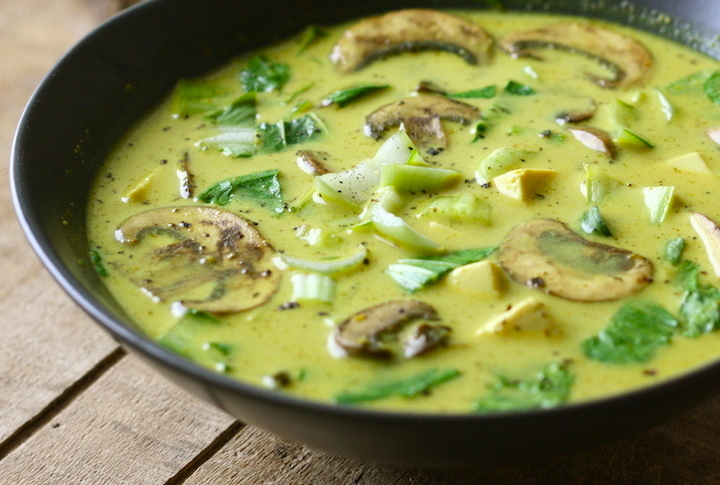
http://blog.seasonwithspice.com/2015/04/thai-coconut-soup-recipe.html#ixzz41J4UouFa
Serves 3-4
Ingredients:
1 tbsp coconut oil (or your choice of oil)
1 tbsp freshly minced ginger
10 oz cremimi mushrooms – thinly sliced
1 tbsp Season with Spice’s Thai BBQ Seasoning
1/2 tsp Season with Spice’s Turmeric Powder, or more to taste
2 1/2 cups vegetable broth, or water
12 oz package of firm silken tofu – cut into small cubes
1/3 cup to 1/2 cup coconut milk
Sea salt to season you used our Ginger Sea Salt
4-5 bunches of baby bok choy – thinly sliced
Method:
1. Heat coconut oil in a pot or large skillet, over medium fire. Add half of the minced ginger and cook until aromatic, about 30 seconds. Add in sliced mushrooms and cook for about 4 minutes. When the liquid begin to evaporate, add in our Thai BBQ Seasoning and turmeric powder. Stir to mix in.
2. Add in broth/water and tofu cubes, and bring it to a boil. Add in the remaining minced ginger. Lower heat to medium, and add in coconut milk. Stir gently to combine. Let cook for another minute. Season with our Ginger Sea Salt. Taste, and adjust any seasonings to your taste. If you like the soup to be a richer consistency, just add in a bit more of the coconut milk.
3. Remove from heat. Stir in the bok choy to lightly wilt. Serve hot or warm.
Notes:
– The soup keeps well for 2-3 days in the refrigerator. When reheating, feel free to add in more liquid or coconut milk if the soup gets too thick or a new vegetable for a slight change.
– For an even fresher tasting boo chop or thai Basil in the soup, add them in right at the table before you dig in.
http://www.seedsofrealhealth.com/coconut-oil-chocolate-fudge-recipe
Coconut Oil Chocolate Fudge Recipe
Ingredients:
1 cup coconut oil, melted
1/3 cup coconut milk
1/3 cup cacao or cocoa powder
1/3 cup honey
2 teaspoons vanilla extract
pinch of sea salt
Directions:
Combine all ingredients in a bowl and stir until smooth and well mixed.
Pour into a parchment lined loaf 8×4 pan.
Refrigerate or freeze until hardened.
Cut into squares.
Keep leftovers in the refrigerator or freezer.
Coconut Lotion Bars
Due to the fact that coconut oil naturally is solid at below 76 degrees, it lends itself perfectly to making great lotion bars. Lotion bars used on any skin are a way to combine the most nourishing benefits of lotion without the need for a liquid (which can be drying for skin) to create an incredibly moisturizing bar.
These bars are meant to be used on dry skin but for me I like to suggest anyone to use it, not as soap lets make that clear, and are best used after showering on damp warm skin, my opinion is that Coconut oil can be used on any skin really.
Lotion Bars Ingredients
•1 cup coconut oil
•1 cup shea butter, cocoa butter or mango butter (or a mix of all three)
•1 cup beeswax
•Optional: 1 teaspoon Vitamin E and oil
Lotion Bars Instructions
Combine all ingredients except for essential oils if using in a double boiler, or a glass bowl over a smaller saucepan with 1 inch of water in it.
Option: Combine in a quart size glass mason jar with a lid instead and place this in a small saucepan of water until melted. This will save your bowl and you can just designate this jar for these type of projects if you like just make sure that any container that you use is well sanitized prior to the use,you can do this process by boring the container and placing it over a clean cloth to dry.
Turn the burner on low and bring water to a boil. Stir ingredients constantly until they are melted and smooth with a spatula.
Remove from heat and then you can add the essential oils, do not heat essential oils.
Gently mix by until essential oils are incorporated.
Carefully pour into molds or whatever you will be allowing the lotion bars to harden in, I love the Silicone for making chocolates or pastries they are very easy to pull your bars and super easy to clean. I used these silicone baking cups, though any mold would work.
Allow the lotion bars to cool completely before attempting to pop out of molds. These could be made in different shaped molds for different holiday gifts (hearts for valentines, flowers for Mother’s day, etc.) or made in a square baking pan and then cut into actual bars.
Note: This recipe can be adjusted to make any quantity that you’d like. I made with equal 1 cup measurements. The recipe I used made exactly 12 lotion bars with my molds. For a small batch, this recipe could be cut in half.
Homemade Coconut Oil and Honey Hair Mask
What you’ll need:
1 tbsp. Organic Coconut Oil
1 tbsp. Organic Raw Honey
Sauce Pan
Mixing Bowl
Spoon
Towel
Shower Cap (optional)
The mask can be applied to dry or wet hair, although we’ve found that it’s easier to apply to wet hair. Have a towel around your neck to protect your clothes while applying the mask. Section your hair off and apply generously from top to bottom, focusing on my ends where most damage occurs. Wrap your hair in a bun and let the mask soak in for 30-40 minutes.
53 Uses for Coconut Oil
1. Taken supplementally for daily energy
2. On the skin as a basic lotion
3. In homemade lotion bars for soft, smooth skin
4. In homemade deodorant or deodorant bars
5. In cooking as a great oil with a high smoke point. Great for baking, stir-frys or as a dairy free replacement to butter.
6. As an eye-makeup remover
7. As a cloth diaper safe diaper cream (just rub on baby’s bottom)
8. In making your own Remineralizing Toothpaste
9. To prevent stretch marks during pregnancy
10. To support healthy thyroid function
11. In homemade Mayo without the high PUFA vegetable oils
12. To help increase sun tolerance and avoid burning
13. As a naturally SPF 4 sunscreen
14. In homemade lotion recipes
15. To get rid of cradle cap on baby- just massage in to head, leave on for a few minutes and gently rinse with a warm wash cloth
16. Topically to kill yeast or yeast infections
17. As a delicious tropical massage oil
18. It’s high Lauric acid and MCFA content helps boost metabolism
19. A tiny dab rubbed on your hands and then through hair will help get rid of friz
20. As an intensive nighttime facial moisturizer
21. Mixed with equal parts sugar for a smoothing body scrub (use in the shower)
22. Rubbed on lips as a natural chap stick
23. Topically, can help skin heal faster after injury or infection
24. As an incredibly intensive natural conditioner- Rub into dry hair, put a shower cap on and leave for several hours
25. On feet to fight athlete’s foot or toe fungus
26. In place of Lanolin cream on nursing nipples to sooth irritation (also great for baby!)
27. Can help sooth psoriasis or eczema
28. With apple cider vinegar as a natural treatment for lice that actually works
29. In natural Homemade Sunscreen
30. In a filling and energy boosting Brain Powder Smoothie
31. Rub coconut oil on the inside of your nose to help alleviate allergy symptoms
32. There is some evidence that coconut oil helps digestion and may even kill intestinal parasites or yeast
33. Mix a tablespoon with a tablespoon of chia seeds for an all-day energy boost (do NOT take this at night!)
34. Can help improve insulin levels
35. Oil pulling with coconut oil and a drop of oregano oil helps improve gum health
36. Can help improve cholesterol ratios
37. Blend a tablespoon into hot tea to help speed recovery from cold or flu
38. In Homemade Natural Bug-Off Lotion Bars
39. As a replacement for vegetable oils in any recipe
40. After initial heat is gone, can help speed healing of sunburn
41. Is an immediate source of energy when eaten and isn’t stored as fat
42. As a natural personal lubricant that won’t disturb vaginal flora
43. As a naturally antibacterial skin cream
44. As a natural shave cream and after shave lotion
45. When used consistently on skin it can help get rid of cellulite
46. To season cast iron skillets
47. It’s anti-inflammatory properties can help lessen arthritis
48. Can reduce the itch of mosquito bites
49. Can help resolve acne when used regularly
50. Can be rubbed into scalp daily to stimulate hair growth
51. I’ve used in kids ears to help speed ear infection healing
52. A small amount can be rubbed into real leather to soften and condition (shiny leather only… test a small area first)
53. By itself as a great tanning oil
Here is another great site with more about Coconut Oil
from Cooking Detective
23 Health, Fitness And Weight Loss Benefits Of Coconut Oil
(With Bonus Recipes)
Eminence Coconut Milk Cleanser
Eminence Coconut Cream Masque (Normal to Dry Skin)
Eminence Coconut Sugar Scrub
Free People Hello Gorgeous Dress
Take maxi style to the maxi with this intergalactic Free People™ Hello Gorgeous Dress. Soft velvet dress with a bright, interesting design. Empire waist adds a great versatile styling. Colorful embroidered embellishments at square neckline and V-cut back. Fully lined. Straight hem at long skirt bottom.
Free People Diamonds & Snakes Dress
You’re the star of the show and need the wardrobe to prove it! Take center stage in this ovation-worthy Free People™ dress. Sleeveless shift dress silhouette. Deep V-neckline with hater straps that fasten at nape. Relaxed fabrication with graphic print throughout. V-back. Slight pleating at hem.
Teva Flatform Sandal
Flash some fashion-forward style this summer with the Teva® Flatform Sandal. Polyester webbing upper. Adjustable ankle strap for a preferred fit. Polyester webbing toe post. EVA footbed and platform for cushioned underfoot comfort. Durabrasion rubber outsole provides excellent traction.
